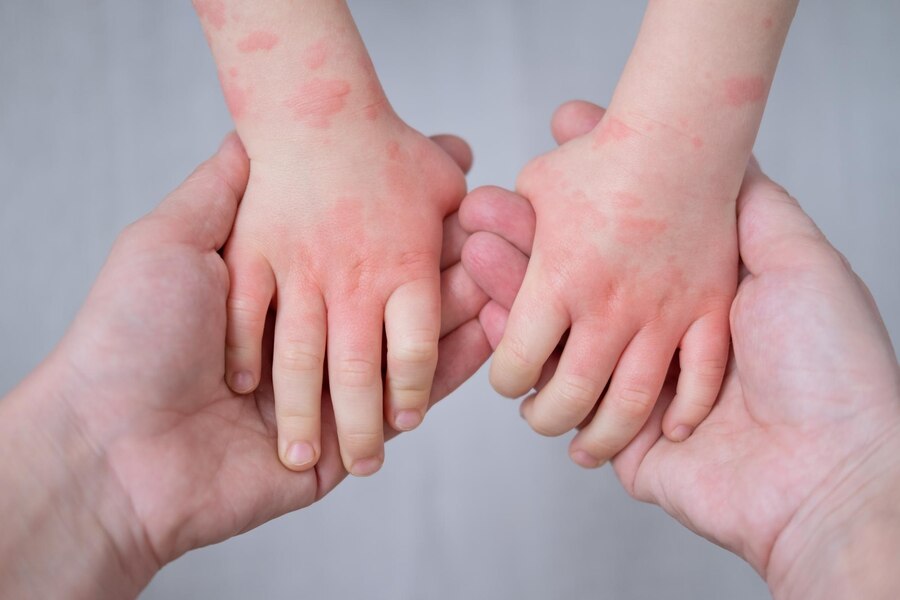Leprosy: Dispelling Myths and Creating Awareness
Written by Medical Department, Swiss Stem Cell Malaysia
Published on January 28, 2024 (In conjunction with World Leprosy Day)
World Leprosy Day, observed on the last Sunday of January every year, aims to raise awareness about leprosy, also known as Hansen’s disease. As the world battles against various health crises, it’s crucial not to overlook this ancient and misunderstood disease. In this article, we’ll shed light on leprosy, debunk myths surrounding it, and emphasize the importance of empathy and compassion towards those affected.

What is Leprosy?
Leprosy is a chronic infectious disease caused by the bacteria Mycobacterium leprae. Contrary to popular belief, it is not highly contagious and can only be transmitted through prolonged and close contact with infected individuals. The disease primarily affects the skin, peripheral nerves, and, in severe cases, can cause deformities and disabilities.
Drive out Myths:
- Leprosy is a curse or punishment: Leprosy is a medical condition, not a curse or divine punishment. It affects people from all walks of life, regardless of their social or economic status.
- Leprosy leads to body parts falling off: Leprosy does not cause body parts to fall off. However, it can damage nerves, leading to a loss of sensation, which may result in injuries and infections that, if left untreated, can lead to tissue loss.
- Leprosy is highly contagious: Leprosy is much less contagious than once thought. It is transmitted through prolonged and close contact with untreated individuals over an extended period. Early diagnosis and treatment significantly reduce the risk of transmission.
The Importance of Awareness:
- Early detection is crucial: Timely diagnosis is imperative to prevent severe complications and reduce transmission rates. Knowledge about leprosy symptoms and seeking medical help at the onset of any suspicious skin patches can help prevent long-term damage.
- Combatting stigma: By dispelling myths and raising awareness, we can minimize the social stigma associated with leprosy. It is essential to treat those affected with empathy, respect, and dignity, ensuring their inclusion and participation in society.
- Supporting affected individuals: Community initiatives and support networks play a vital role in helping individuals affected by leprosy and their families. By fostering inclusivity, we can reduce discrimination and support affected individuals through their journey of healing and rehabilitation.
As we observe World Leprosy Day, let us reflect on the significant strides made in understanding, diagnosing, and treating leprosy. However, there is still much work to be done to eradicate the disease and eliminate the stigma surrounding it. By raising awareness, debunking myths, and fostering compassion, we can contribute to the global effort of achieving a world free from leprosy.
References:
- Writer of WHO (2023) Leprosy, World Health Organization. Available at: https://www.who.int/news-room/fact-sheets/detail/leprosy (Accessed: 09 January 2024).
- Chen, K.-H. et al. (2022) ‘Leprosy: A review of epidemiology, clinical diagnosis, and Management’, Journal of Tropical Medicine, 2022, pp. 1–13. doi:10.1155/2022/8652062.
- Legua, P. (2018) ‘Leprosy’, International Journal of Infectious Diseases, 73, p. 66. doi:10.1016/j.ijid.2018.04.3574.
